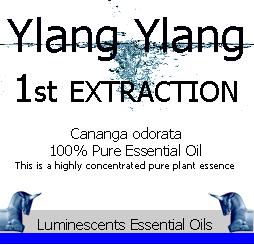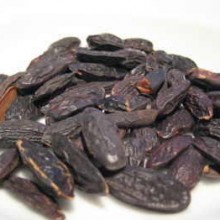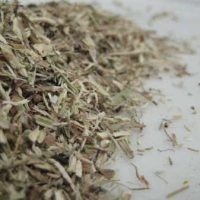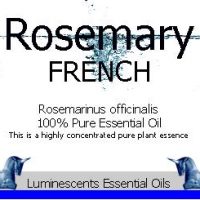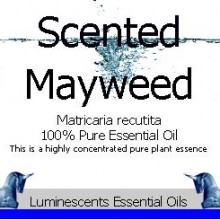Ylang Ylang essential oil is extracted from the flowers of the Cananga odorata tree also known as “flower of flowers”.
Ylang Ylang is a tall tropical tree about 20 metres high with large, tender, fragrant pink, mauve or yellow flowers. The yellow heads are viewed as being the best in terms of quality. The oil extracted from the tree in the western Indian Ocean is known as Ylang Ylang whilst in Malaysia and Indonesia, it is known as Cananga. The two oils profiles are said to be different in that Cananga is deemed to be more resinous and less heady and floral.
This oil is the 1st extraction from the flower, It is sometimes known as Ylang Ylang EXTRA but as the flower will yield more oil with each extraction there is a 2nd and 3rd extraction version available too. The Extra is the first extraction and the 2nd extraction speaks for itself. Think of it in terms of Olive Oil and the difference between extra virgin, virgin and just regular olive oil.
Reported Attributes of Ylang Ylang Essential Oil:-
Traditional and Emotional uses reportedly include:-
It is an aphrodisiac, anti-depressant, anti-infectious, antiseborrheic, antiseptic, euphoric, hypotensive, nervine, regulator, sedative (nervous), stimulant (circulatory), & tonic. It is used in perfume manufacture a lot and is the principal ingredient along with Jasmine in Chanel No 5.
Ylang Ylang Essential Oil Blends Well With:-
Bergamot, Grapefruit, Lavender, Neroli, Rosewood and Sandalwood.
History of Ylang Ylang:-
In Indonesia, Ylang Ylang flower petals are strewn upon the bed of newlywed couples. Ylang Ylang was a popular ingredient of hair preparations in Europe and was known as Macassar oil. The word “anti-macassar” originated from this, since an anti-maccasar was used to keep hair oil from staining upholstered furniture. It was introduced to the island of Reunion in the western Indian Ocean in the late 18th century, and from there to the Comorro Islands about a century ago.
CAUTIONS:

